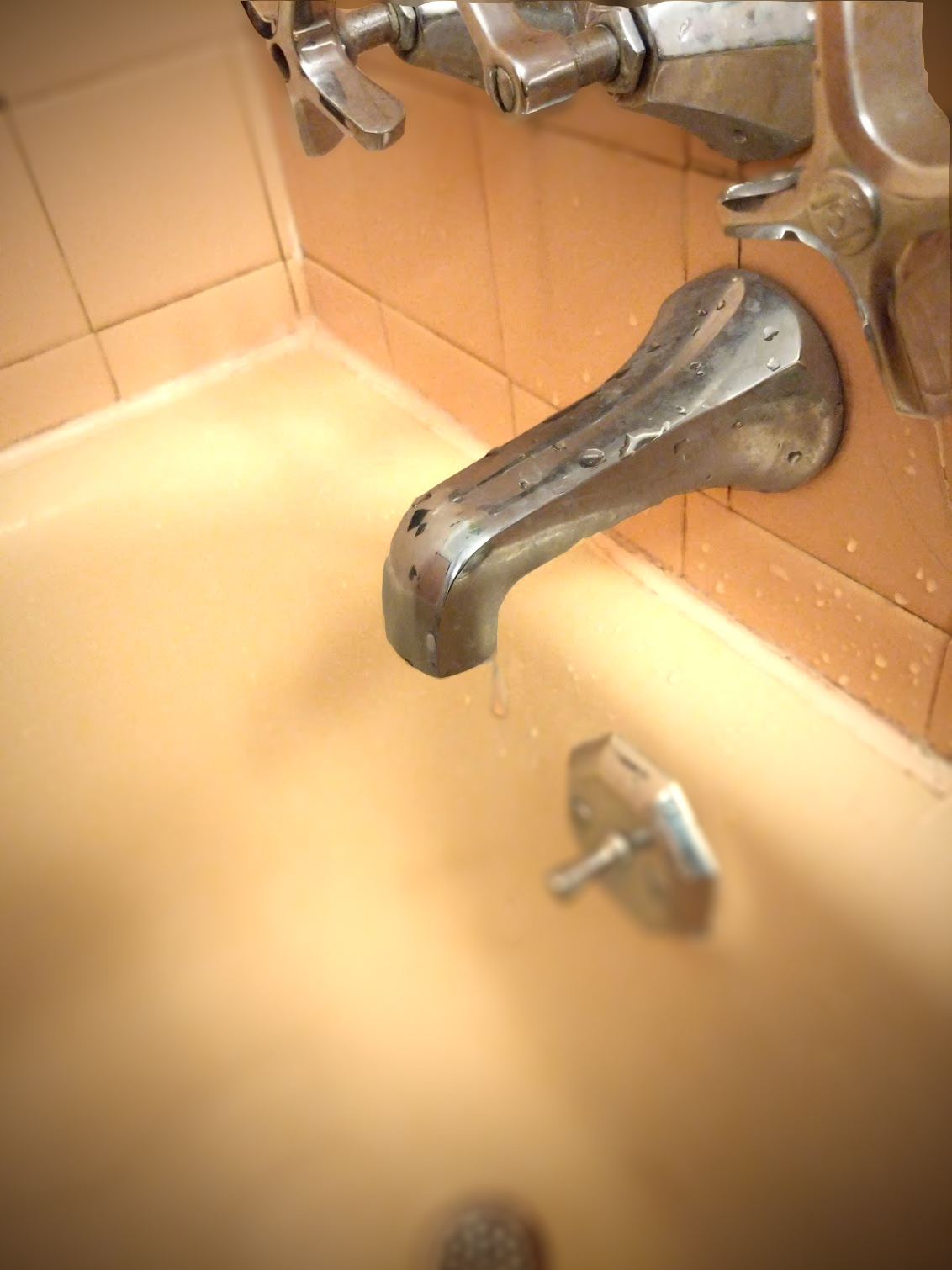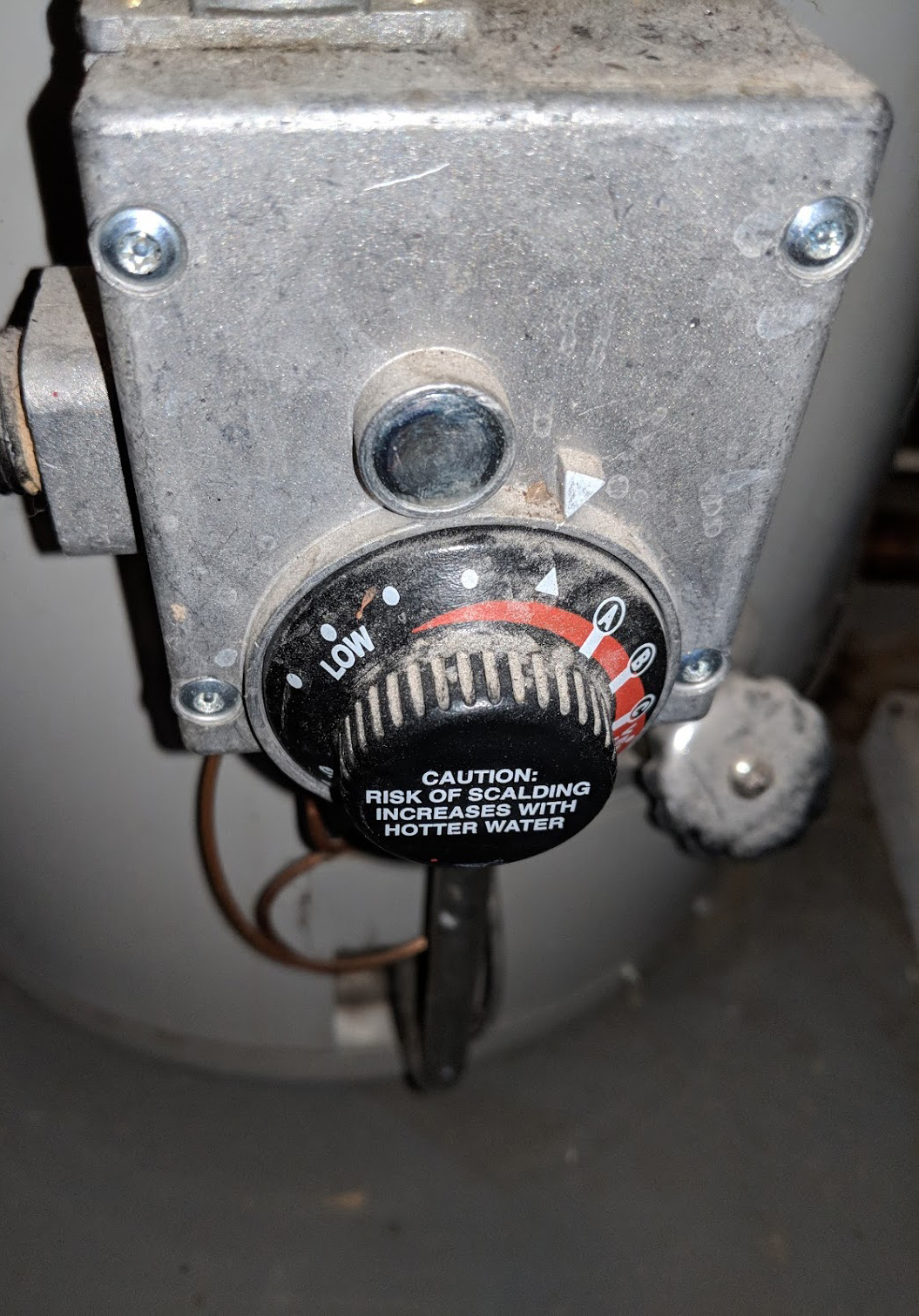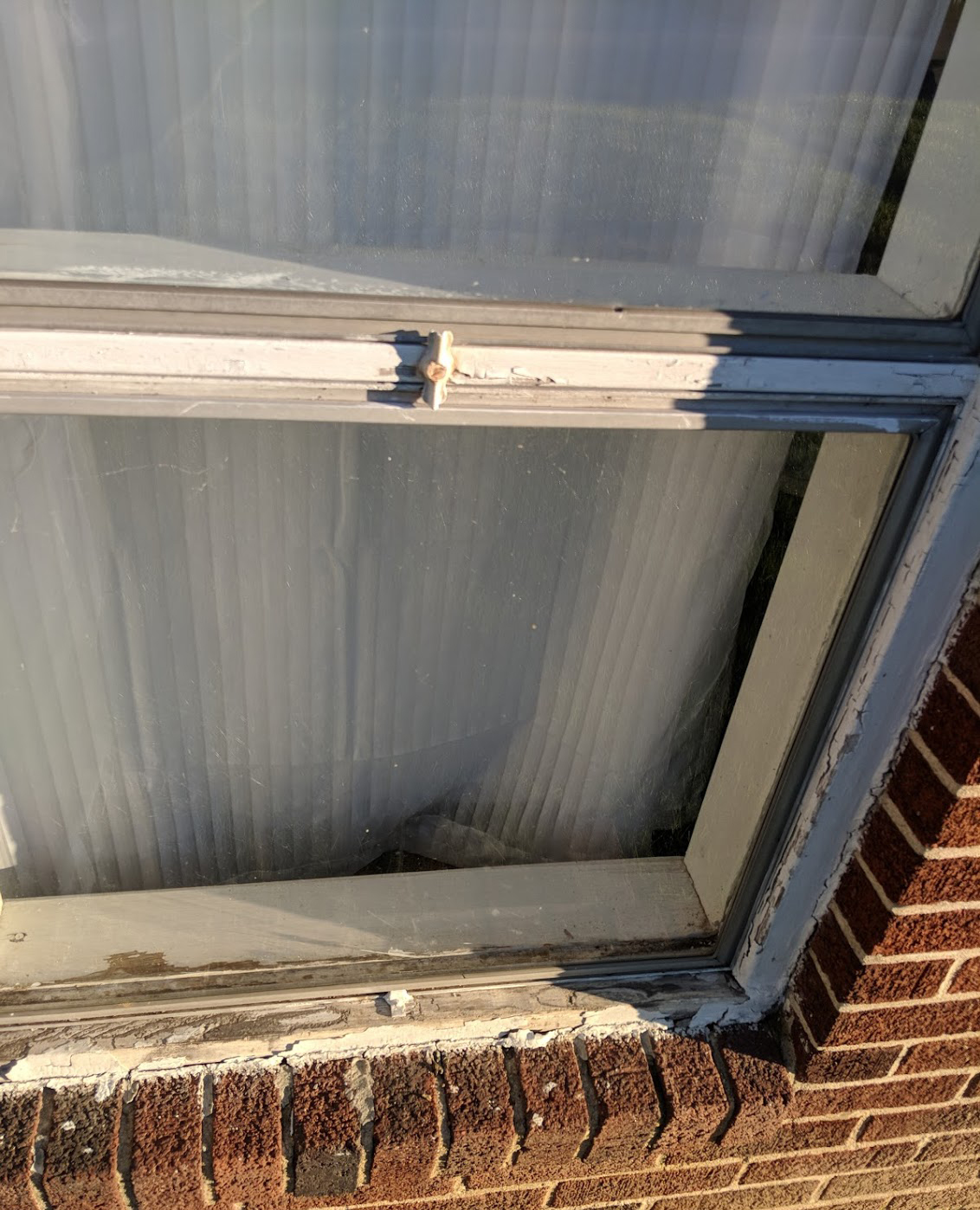It used to be easy for landlords to control energy costs at their rentals; they simply offloaded utility bills onto tenants. That still happens, but when tenants pay for electric, gas and water, they are more likely to demand efficiencies. Fortunately, it doesn’t take much effort to slash energy bills; the chance to save hundreds of dollars a year should be all the incentive you need.
No matter who pays the bills, a landlord’s chances of getting and retaining the best renters improve with the ability to cut energy costs.
 Repair leaky faucets to help conserve water.
Repair leaky faucets to help conserve water.
Either tenants renew the lease because the landlord gives them ways to save on their utility bills, or they stay because the landlord controls rising energy charges, rather than automatically boosting the rent.
As National Real Estate Investor has noted, tenants in top tier units can afford to be picky about where they live, and they can easily handle the cost of moving. So, raising the rent to cover energy bills, or foisting utility bills onto them without trying to control costs, could alienate them. At the other end of the spectrum, those living in what the Investor refers to as “Class C” and “Class D” units are spending a third or more of their income on rent. They’re less likely to afford the cost of moving, but they are also ill-equipped to cover a boost in utilities or a rent hike based on rising energy bills. When tenants can’t afford the bills, they must move out or be evicted.
Commit to an energy saving plan this winter in order to position your rental for the best tenants, cut costs so that you boost profits, and make you and your tenant feel like you’re doing your part to help the environment.
Is the effort really worth it?
In a strong landlord’s market, you may ask yourself why you should go to the trouble of finding ways to save on heat, electricity and water. Maybe your tenants cover their utility costs without complaint. Maybe they are already conscientious, carefully watching their energy consumption. But property investors are always vulnerable to changes in the market, to tenants moving out, and to unexpected expenses. Looking for ways to save should be an automatic and continuous effort.
Energy bills are vulnerable, too. Although the current administration has promised tax cuts that benefit business, it has also called for rolling back wholesale electricity markets. In recent years, this competition has driven electricity prices down by as much as 40 percent in some areas. Rolling back those markets would send electricity rates soaring.
Finally, many efforts that are aimed at urging energy conservation come from the state and city level. Lawmakers increasingly require businesses and homeowners to use water, electricity, and gas more efficiently. So, it makes sense to evaluate the typical rental unit energy costs, and uncover potential savings.
Average monthly utility bills of $386 break down like this in the U.S.:
- Average monthly electric bill is $183
- Average monthly gas bill is $82
- Average monthly water/sewer bill is $40
- Average monthly trash/recycling bill is $12-$20
- Average monthly cable bill is $100
- Average monthly internet bill is $47
Remarkable savings are possible by making even minor changes at a property. Among them:
 Know your water heater and how
Know your water heater and how
to adjust the thermostat.
- Use LED or fluorescent instead of incandescent light bulbs, and save $97 or more yearly.
- Turn down the heat; for each degree lower, save three percent on the bill. That’s at least $31 a year if you heat with gas, $66 if heating with electricity.
- Lower the water heater temperature; for every 10 degree decrease, save $10 a month, or $120 a year.
- Programmable thermostats can save 30 percent on heating and cooling bills. If you heat and cool with gas, that’s a $300 yearly savings. It’s a savings of $659 a year with electricity.
Using these two lists, you can see how just a few changes could cut annual energy costs by between $46 and $79 a month. That’s between $548 and $948 a year.
Now, imagine a landlord wants to keep a good tenant, or attract new tenants in a competitive market. If the landlord took the above energy-saving measures, rent could be lowered by $46 to $79 a month, while keeping profits stable. These changes could also be made to offset potential rent hikes that come as a result of higher taxes or increased property insurance rates. If the rental is in a strong market, where rent cuts aren’t critical, the landlord could boost rainy day savings or simply pocket the extra profits.
How to get started
Home audits are the favored tool for finding energy leaks. They identify where electricity, water, or gas is being wasted, and reveal ways to cut down or eliminate waste. Audits can be done by:
 Replacing drafty windows will help in both warm
Replacing drafty windows will help in both warm
and cool months.
Audits offer general guidance — such as explaining the benefits of replacing aging appliances with energy efficient models. (Keep in mind that rentals don’t qualify for federal tax credits through the purchase of Energy Star products, but these efficient products do cost less to operate.) Audits also provide custom tips. For example, an audit may reveal inadequate insulation in an attic, leaking ductwork, or restricted air flow that keeps an area of the house too cold or too warm. In many cases, a home can be made more efficient for little or no cost.
Be sure to share tips and advice with tenants when there are things they can do to conserve. Trulia offers many easy fixes for saving energy,
some of which are as simple as vacuuming refrigerator fans and vents so the appliance doesn’t have to run as hard to keep food cold. Some tenants will embrace these ideas because they love to save. Others may respond best when conservation measures are required by the lease, or when doing so could lead to a rent reduction. Landlords and their tenants have to work together to safeguard energy, and keep a handle on expenses.